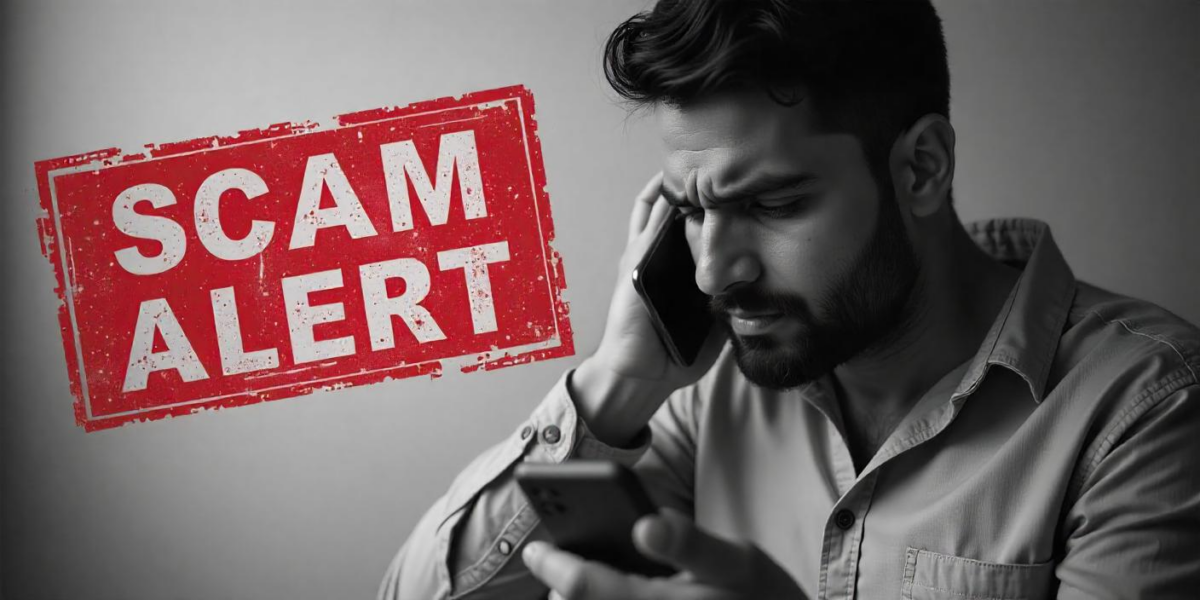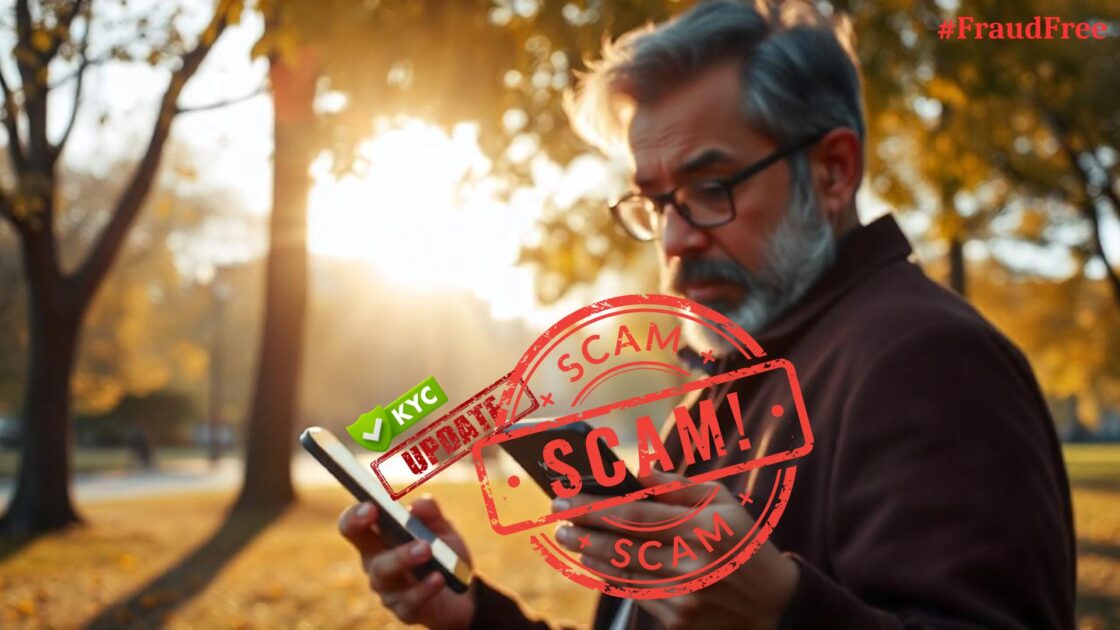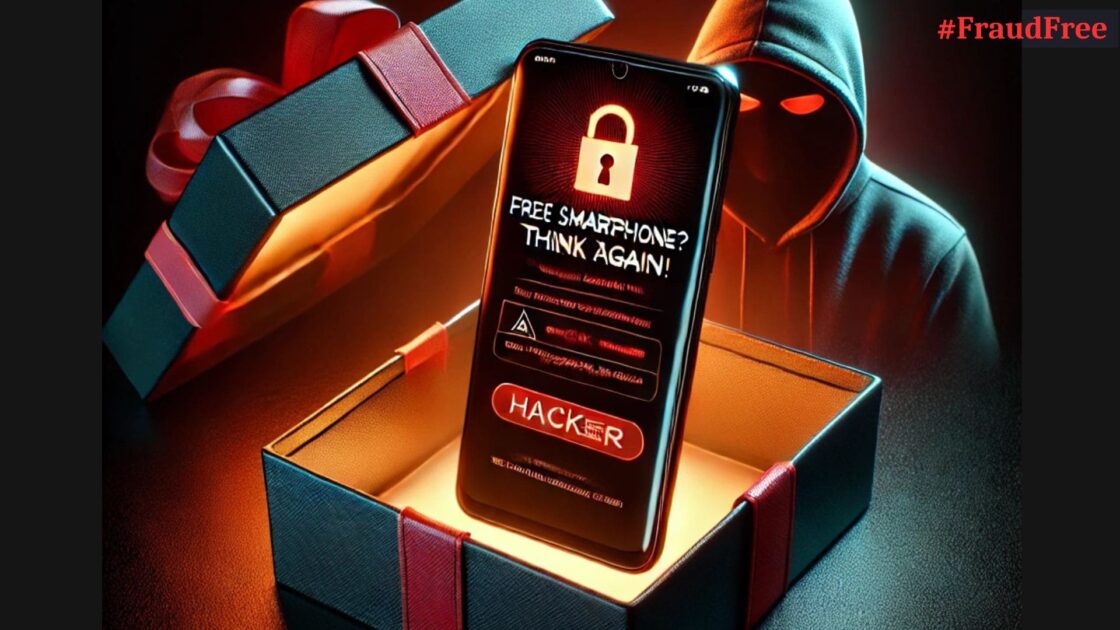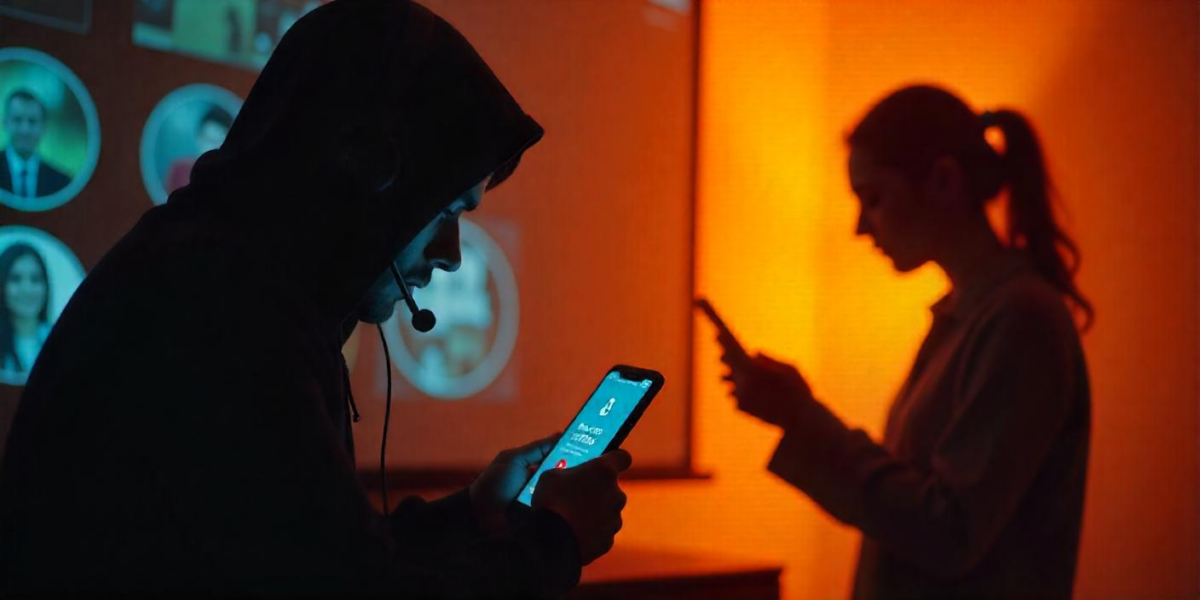You’re making coffee. Your phone lights up. One missed call. Local number.
Looks harmless.
You call back, and suddenly, someone’s calmly telling you your bank account will be blocked unless you “verify KYC right now.”
You pause. It sounds urgent. Feels real. And just like that, you’ve shared something you shouldn’t have.
Scam calls in 2025 aren’t clumsy. They’re smart, fast, and disguised to feel official. Their motive is simple: to reach your bank accoun,t and you must learn how to check if a phone number is a scam.
You don’t need to be tech-savvy to protect yourself.
Just a little awareness, starting with knowing what to watch for and how to check the number before you trust it.
Let’s break it down
Checklist to Spot a Scammed Phone Number
Scammers rely on urgency. They don’t want you to think, just react. So before you do anything, it is important to pause and check if a phone number is scam.
Step 1: Search the number before replying
Here’s how:
- Truecaller – Instantly shows how others have labeled the number: “fraud,” “bank scam,” or “telemarketing.” If it has 5K spam reports, trust the crowd.
- Google it – Type the number along with terms like “scam,” “fraud,” or “complaint.” Sites like Quora, Reddit, or complaint boards often expose repeat offenders.
- Reverse lookup apps – Apps like Whoscall, YouMail, or Hiya help you ID shady callers in real time.
- Check with your telecom provider – In India, telecoms like Jio, Airtel, and Vi can verify if a number is registered or flagged.
Step 2: Know when to hang up
Even if it sounds legit, trust your gut and listen for these signs:
- They’re too polite, but pushy.
- They pressure you to act “right now”.
- They ask for sensitive data (OTPs, PAN, Aadhaar) or ask you to download an app.
If you feel unsure, hang up. Then look up the official number and call the organization directly yourself.
What Scam Calls Look and Sound Like?
Scam numbers don’t always look shady. Some mimic official digits and brand names just enough to catch you off guard.
Here are some common patterns:
- International missed calls: Rings once. Starts with +92, +216, +225, hoping curiosity gets the best of you.
- Fake toll-free numbers: 1800-style numbers with one digit tweaked. Looks like your bank or customer care.
- Local lookalike numbers: Same area code, just slightly different from actual company support lines.
And here’s how they usually go:
- “Your KYC is pending. Your account will be frozen unless you verify now.”
- “You’ve won a cashback. Just confirm this OTP.”
- “There’s a legal notice in your name. Pay the fine to avoid arrest.”
- “I’m calling from XYZ company. Download this app to begin onboarding.”
They may sound calm, polite, and helpful. That’s not a green flag — that’s part of the trap.
International Fake Call
Let’s talk about the most dangerous new trend: international scam calls.
These don’t come from some shady call center in your city. These are well-organized, cross-border fraud operations, often based in countries like Pakistan, Tunisia, Nigeria, or even Eastern Europe.
Here’s what they look like:
- You get a missed call from a number starting with +92 (Pakistan), +216 (Tunisia), +225 (Ivory Coast), +1-473 (Grenada), or similar.
- You call back out of curiosity.
- Suddenly, you’re being routed to a scammer who makes it sound like:
- You owe a fine.
- Your phone or account is compromised.
- Your number is linked to a cybercrime.
In some cases, the call is recorded just to capture your voice, which they use to trigger voice-authorized fraud elsewhere.
Never call back unknown international numbers. If it’s legit, they’ll message you or email you.
How to Register Complaint Against Fake Calls?
Let’s say you fell for it.
It happens. Fast. One OTP, one wrong move, and your money or info is gone.
Here’s what to do — immediately.
If your bank account or UPI is involved:
- Call your bank’s 24×7 helpline.
- Use your banking app to temporarily block UPI or card access.
- Report unauthorized transactions ASAP.
If you shared passwords or OTPs:
- Change all related passwords — banking, email, wallets.
- Enable 2FA wherever possible.
If you downloaded an app from the caller:
- Uninstall it immediately.
- Run a full antivirus scan, or visit your phone provider’s service center.
File a cyber crime complaint
- Go to cyber crime portal.
- Click on “Report Other Cyber Crime.”
- Submit screenshots, phone numbers, and call logs.
Conclusion
Most scam calls don’t start with threats.
They start with trust — a soft voice, a familiar brand name, a number that looks just right.
But if something feels off, trust your gut.
You’re not being rude by hanging up or asking questions.
You’re being smart.
So the next time your phone rings and the voice says “urgent,”
pause.
Check.
Report.
Because in 2025, scammers are evolving — but so are you.







